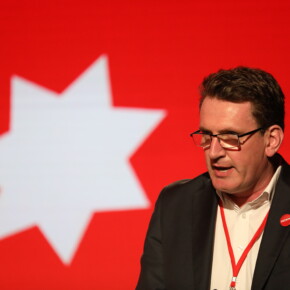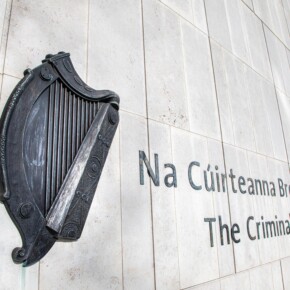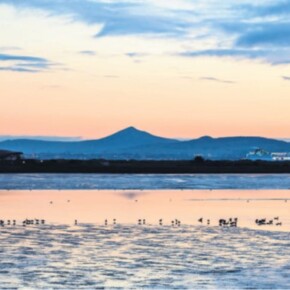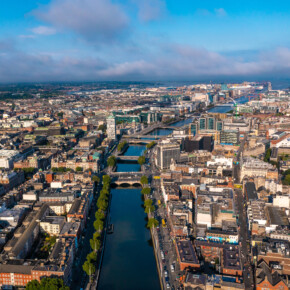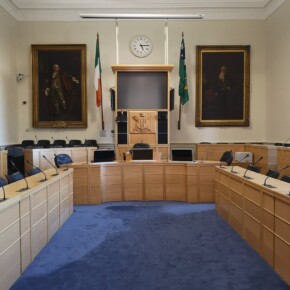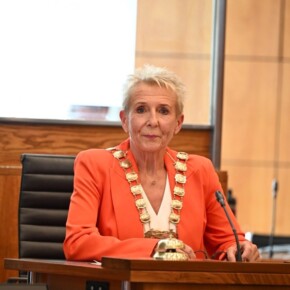OPW report calls for less cars, more public transport in Phoenix Park
Gary Ibbotson 13 Jan 2021
A newly released Office of Public Works (OPW) report has called for a series of changes to road access and gate openings at Phoenix Park to encourage more cycling, walking and the use of public transport to the park.
The report follows a campaign last summer to reduce the number of cars in the give more space to pedestrians and cyclists.
The study sets out over 10 options for gate closures and road changes to reduce car density.
Two of the options include the establishment of cul-de-sacs at various points in the park to end through-traffic on side roads or dividing the park into pods, which would prohibit through-traffic.
The study also recommends a new network of improved walking and cycling facilities throughout the park, a limited bus route to open the park up to public transport users and a 30kph speed limit for the whole park.
A review of the park’s 95-year old by-laws has also been suggested.
Green Party councillor for South West Inner City Michael Pidgeon, who campaigned for the study said the reduction of cars could be “transformational” for Phoenix Park.
“The OPW shouldn’t shy away from embracing the most ambitious proposals,” he said.
“Reducing car dominance would not only be good for nature in the park, but help make it the calm, quiet place it should always have been. A lot of this is stuff we should have done years ago.
“When the park’s side gates closed last summer, we got a glimpse of how fantastic the park could be with fewer cars. This study builds on that and resolves some of the teething problems we had from the gate closure.
“The exact approach on how it’s done will need public consultation and I look forward to making a submission.
“From an initial read, the plan to end all through-traffic and divide the park into pods seems best,” he said.
“The key thing is that the principle is accepted: there must be far fewer cars in the park, and more space for people.
The study will go for public consultation at the end of January, with a final report due by April.


